This project takes a user-centred approach through needs assessment, co-design, interviews, case studies and usability testing to design and develop a product range to help children with arthritis lead more active and independent lives.
Funded by Sheffield Hallam University, Lab4Living, NIHR CYP-MedTech and Sheffield Children’s Hospital
Partners: Sheffield Hallam University, Lab4Living, NIHR CYP-MedTech and Sheffield Children’s Hospital
Project lead: Ursula Ankeny
SHU supervisors: Dr Joe Langley and Nick Dulake
External supervisors: Nathaniel Mills (NIHR CYP-MedTech) and Dan Hawley (Sheffield Children’s Hospital NHS Foundation Trust)
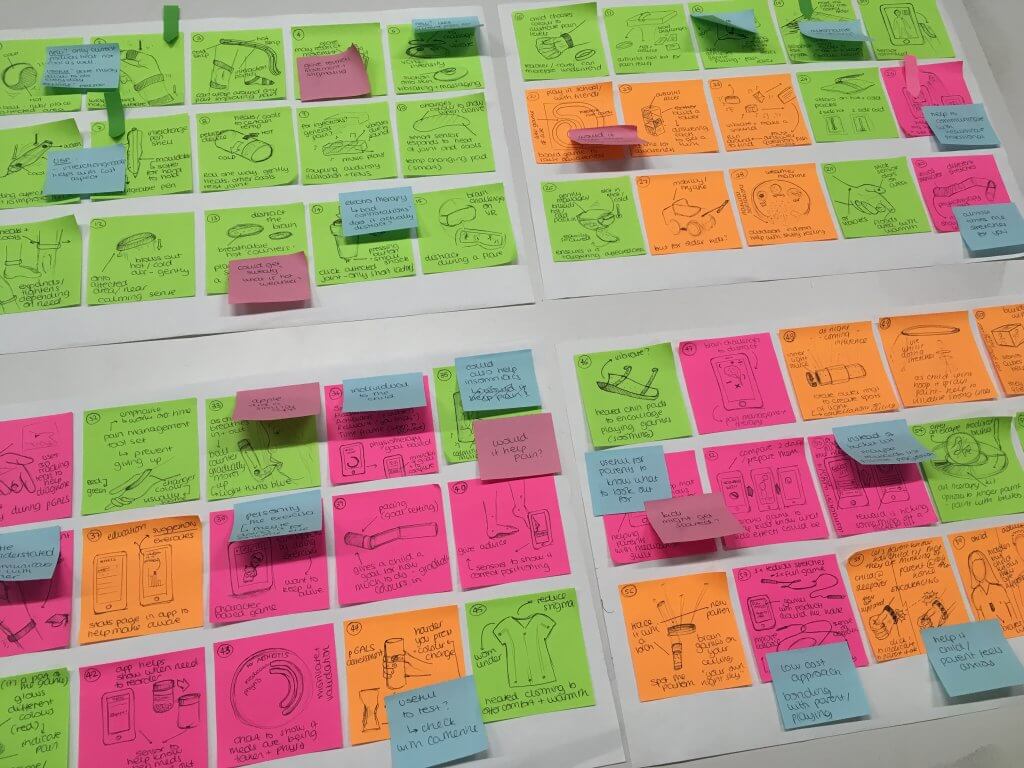
Background
Juvenile Idiopathic Arthritis (JIA) is one of the most common causes of physical disability in childhood (National Rheumatoid Arthritis Society, 2018) with between 1,000 and 1,500 children developing it each year in the UK (Silman & Hocheberg, 2002). Despite the commonality of the issue, arthritis in children is often trivialised with many products targeted towards older users highlighting an ignored cohort and the potential for new products.
This research uses co-design, interviews, surveys through support groups, case studies, sketching, form modelling and prototyping to explore technologies and products to support children with arthritis and their families to enable them to live more active and independent lives. Participatory research methods involving children, families and clinicians has led to a range of prototypes being developed.
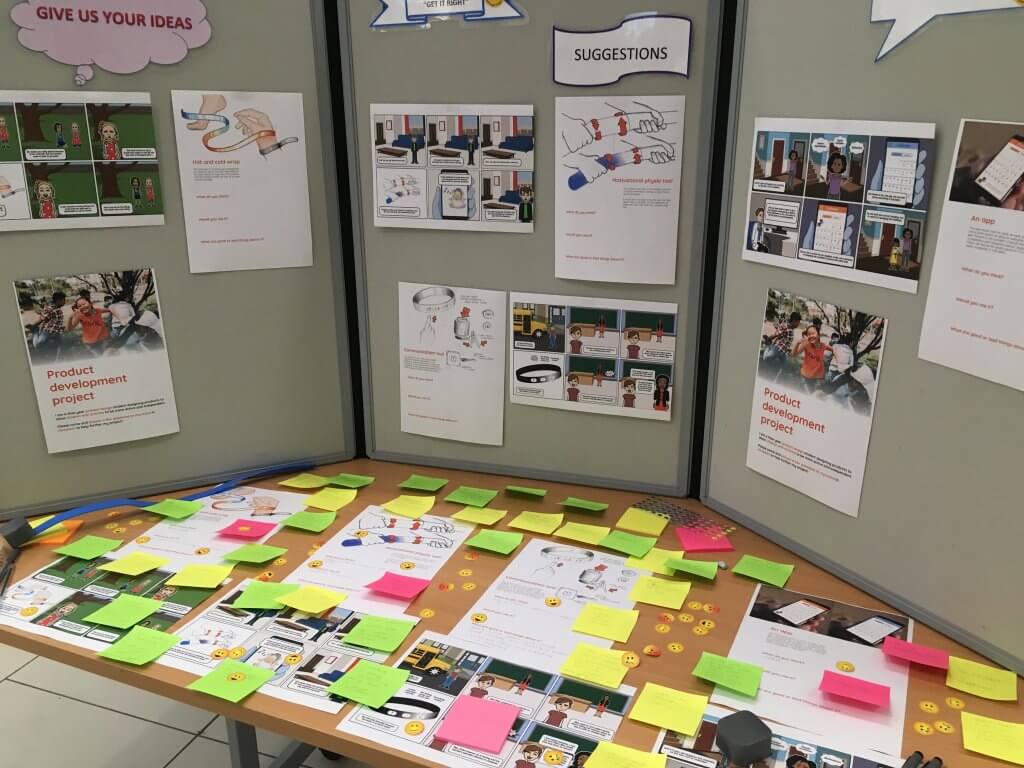
Paediatric conditions were focused on as children have an entirely different outlook on the world from adults (Cherry, 2018). For younger children, they often have an innate confidence in themselves, unconcerned about how things they do are perceived whilst their creativity is boundless as their imaginations aren’t curbed by rules of logic (Frost, 2016). As a result, this makes them an ideal target market due to their adaptability. For older children, whilst they are more concerned with their appearance and how their actions are perceived, their key driver is increasing their independence and exploring their world, which diseases like arthritis can limit. By encouraging certain behaviours such as self-management of a condition from a young age, it gets them adapted and into the routine. In adulthood then, these early experiences will give them confidence in managing their condition allowing them to live independent lives and reduce potential ‘crisis’ scenarios.
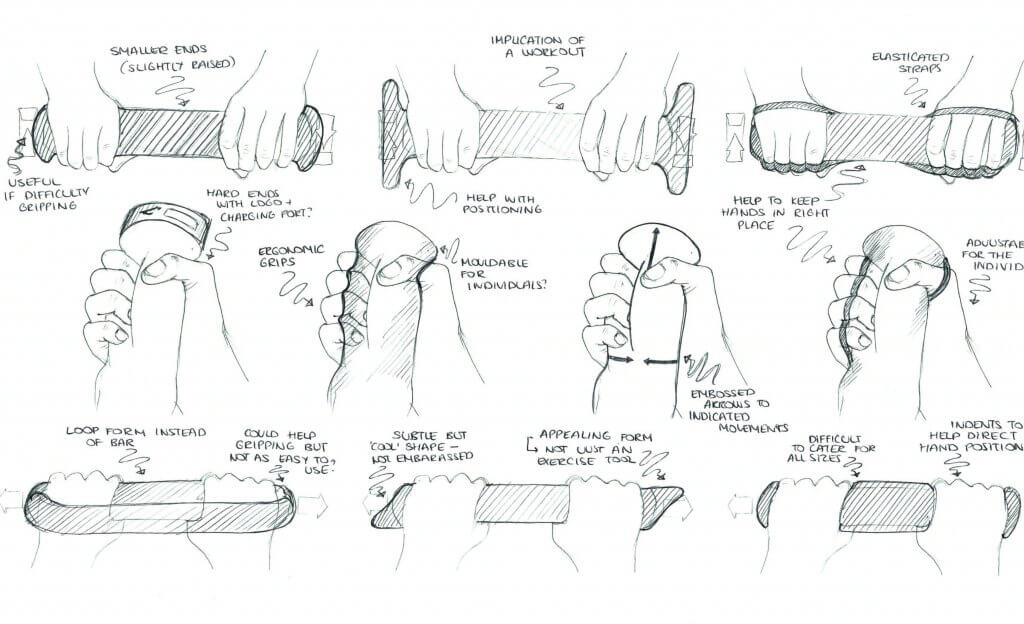
JIA was chosen as the condition as it is not an uncommon problem yet it is treated as such, with many children feeling stigmatised and isolated. The fact that it is a ‘hidden disease’ can lead to much disbelief with an often long wait to diagnosis- “I was in a lot of pain and started to get bullied as I was different” according to one child participant. With the formation of a new charity called Versus Arthritis in September 2018 following the merger of Arthritis Care and Arthritis Research UK, there was a refreshed campaign for recognition as the condition “steals from millions of people every day” (Versus Arthritis, 2018), the currency of the issue and the extent of the ignored cohort was emphasised, leading to the decision to focus on this area.
Methods
Users were at the heart of this project with initial research looking into the needs of the different stakeholders involved: the child, the parent/ carer, the healthcare professional and the teacher. Through this, it became clear how varied the key priorities were within the group:
- The child wanted “something to help with pain so that [they wouldn’t] have to stop doing fun things”.
- The parent/ carer, in addition to aids to distract from pain, also wanted something to help keep better track of the condition.
- The healthcare professional wanted something to help motivate physiotherapy.
- The teacher needed something to help with disbelief in the classroom.
Initial thoughts about briefs had centred on improving assessment, helping with everyday activities and reducing stigma. The priorities put forward by the stakeholders slightly altered the direction, driving the decision to develop four interventions simultaneously, with each targeting a key need put forward by each group:
- Helping with pain management
- A way to keep track more easily
- Encouraging physiotherapy
- Help with communication in the classroom

Through the duration of the six month timeframe, each brief was developed by Ursula to prototype level. Workshops with children who have arthritis and their families were held at the research, initial design, further development and final prototype stage in order to ensure the products were fulfilling a need as well as to tease out issues and potential improvements.
Technical requirements were tested and tweaked to ensure both ease of use and safety whilst the forms were explored through physical models and sketching, taking into account both ergonomic factors of gripping difficulty and aesthetic drivers of wanting something discreet but that also validated their condition.
Outcomes
Four prototypes were developed as part of the final year project:
- A wearable device that helps to distract the brain from the joint pain during a flare. It can be wrapped around any joint and fastened securely in place.
“It’s really soothing- I love the degree of control.”
(child participant with arthritis)
- A motivational physio tool to gamify and incentivise an otherwise “boring” chore. The colours are bright and energising with the gripping texture ensuring ease of use.
“I hate nagging her to do her stretches- this way she’d want to do them.”
(parent workshop participant)
- A wearable to help facilitate communication between the pupil and teacher when the child is in pain/ needs help. The wearable is discreet, helping to reduce feelings of embarassment.
“Teachers have forced her to do PE as they weren’t aware – this would help with disbelief.”
(parent participant)
- An app with different versions for parents and children to both help keep better track of the condition as well as to create a network so that parents and children don’t feel so isolated in their experience.
“The first thing that clinicians ask when I mention a symptom is ‘do you have a photo?’. This would really help in tracking changes.”
(parent participant)
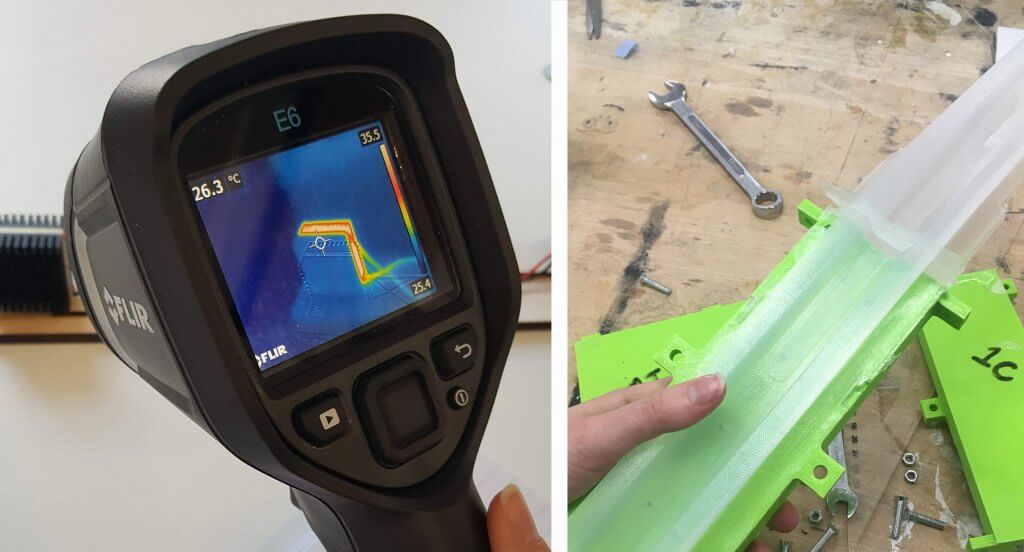
“Being able to pass tips onto other kids would be so great.”
(child participant with arthritis)
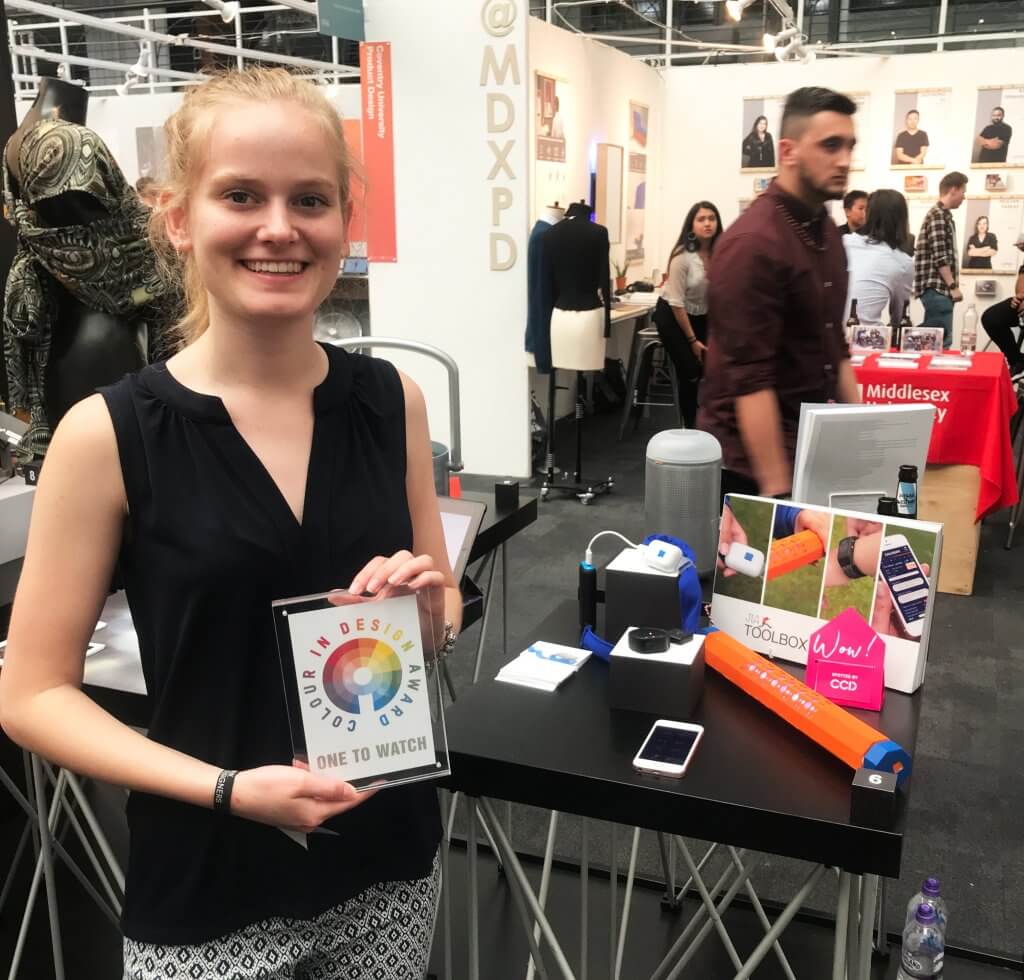
Impact
- Ursula was awarded the prestigious Colour In Design Awards (CIDA) Judges ‘One to watch’ prize at New Designers in 2019.
- At the final year degree show Ursula was awarded ‘Best in Show’ by Evolution Power tools for the project’s focus on the user experience.
- Related news on the C3RI impact blog
“The University, though the Lab4Living research group, already have a strong relationship with both Sheffield Children’s Hospital and NIHR CYP-MedTech, collaborating on a range of projects with both. This enabled Ursula to benefit from research input to her undergraduate work at organisational, operational and technical levels of her project. Subsequently, following graduation, Lab4Living has provided a ready route to enable Ursula to continue her project through to implementation.
(Dr Joe Langley, Lab4Living)
Next Steps
Funding was awarded from NIHR CYP MedTech through Sheffield Children’s Hospital to further develop the product outcomes, which started in October 2019. The development will focus on improving the technology whilst also looking at the connectivity aspect of the products with the app platform. The first goal is to carry out a pilot study, the results of which can then drive further improvements, with the hope being that these products will ultimately go to market.
This project has now been awarded funding by The Children’s Hospital Charity to further develop and conduct a ‘real-world’ proof-of-concept assessment of these devices, beginning in October 2021. To find out more, visit NIHR CYP MedTech Newsletter.
Related news >> Prototype launch of devices to help young people with arthritis manage their condition
 to top
to top
